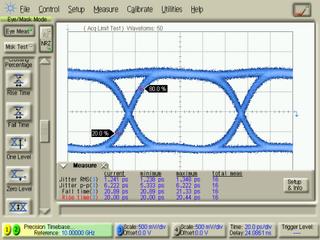Moore's law
 40 years ago (19 April 1965), Gordon E. Moore published his famous paper in "Electronics" magazine and predicted that after 10 year, as many as 65000 components would be integrated on a single chip. This prediction was based on changes in number of integrated components during 1962-1965 which was doubled every year. In 1975, Moore amended the law to state that the number of transistors doubled about every 24 months.
40 years ago (19 April 1965), Gordon E. Moore published his famous paper in "Electronics" magazine and predicted that after 10 year, as many as 65000 components would be integrated on a single chip. This prediction was based on changes in number of integrated components during 1962-1965 which was doubled every year. In 1975, Moore amended the law to state that the number of transistors doubled about every 24 months. Maybe at the first glance it seemed that exponential behavior in the growing of number of transistors, would fail after a while but interestingly, now after 40 years the number of transistors in CPU's manufactured by Intel is following Moore's law. How long will this law be valid? It seems that there should be an end for this rule after 40 years. The inventor of this law, Gordon Moore believes that this law is dead. Should we believe Moore's opinion again?!!

